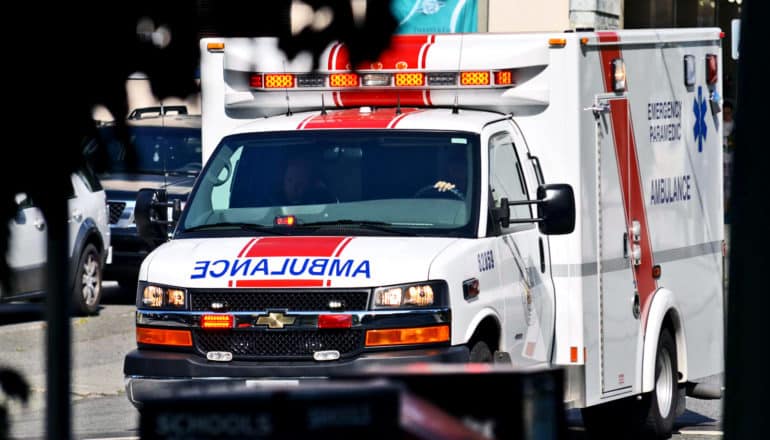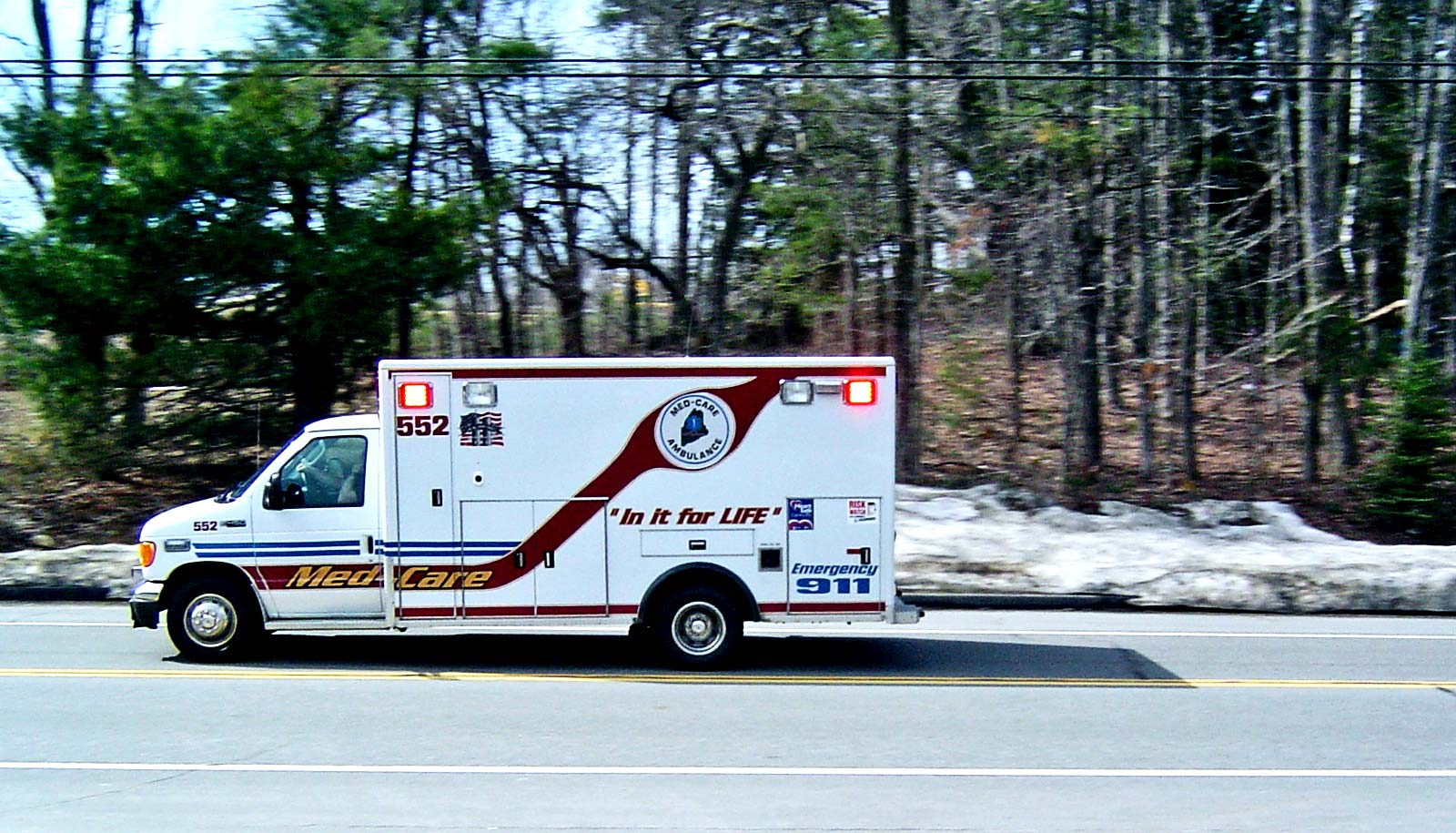
(Credit: Tom Magliery/Flickr )
Ambulances aren’t taking 40% of patients to nearest hospital
Emergency medical services aren't taking all patients to the nearest hospital, according to a new study that found major racial disparities, as well.

Factors outside the location of the nearest hospital may shape where emergency medical services take patients, researchers report.
In a new study, researchers found large differences between the EMS-transport destinations of black and Hispanic patients in comparison with their white counterparts. In addition, they also found that EMS did not take 40% of patients overall, regardless of race, to the nearest hospital.
National guidelines require emergency medical services (EMS) to transport patients to the nearest suitable hospital. But to what extent this occurs and whether this varies based on the race or ethnicity of patients has remained unknown. Until now, there has been scant research on the destination patterns of EMS-transported patients to hospitals.
Emergency medical services and race
Using national Medicare claims data, the study divided patients based on the zip code they lived in, and compared which emergency departments and hospitals EMS brought non-Hispanic white, black, and Hispanic patients to within the same zip code. The study also looked at how often EMS transported black and Hispanic patients to the destinations most frequently used for white patients.
The results of the study showed sizable differences by race and ethnicity in where EMS brought patients. Researchers saw the widest disparities in larger urban areas with multiple hospitals and emergency departments within the vicinity. The study also found that EMS was more likely to transport black and Hispanic patients to a “safety net” hospital—a type of medical center that by legal obligation or mission provides healthcare for individuals regardless of their insurance status—compared to their white counterparts living in the same zip code.
“This is not a causal study, so we really don’t know why we are seeing this pattern,” says study corresponding author Amresh Hanchate, an associate professor of medicine at Boston University School of Medicine and a health economist at VA Boston Healthcare System. “It could be a benign phenomenon where people are being brought to the place that they’ve asked to go, because that’s where their regular doctor or cardiologist is located.”
EMS currently doesn’t keep track of the details that determine which hospital a patient is brought to. Hanchate hopes that this study may change that, and that EMS providers may document whether a patient requests to be brought to a specific medical center.
New questions
“This study raises interesting questions,” Hanchate says. “What are the potential issues with patients not being brought to the nearest place? Let’s say they go to the medical center where their doctors, their patient records are—we know that continuity of care is important. But at what point is the extra loss of time it takes to get there worthwhile or not worthwhile? We need more research to understand the role that patient choice, usual source of care, and clinical condition play in guiding EMS transportation decisions in diverse systems across the United States.”
“I think [our findings are] unlikely to represent racism or intrinsic bias because one of the important observations we’ve made is that the pattern could be related to favorable reasons for someone wanting to be taken to a usual site of care,” says coauthor James Feldman, a professor of emergency medicine and vice chair of research at the Boston Medical Center department of emergency medicine.
It’s also likely that ambulance diversion—a controversial practice where a hospital goes on “diversion” status, meaning its ER is at full capacity and patients must go to other medical centers—affects the data. The state of Massachusetts has banned ambulance diversion since 2009.
“Massachusetts was the first and remains the only state that has blocked ambulance diversion. [It] is unfortunately a practice that remains common throughout the country,” says Feldman. “This research is a necessary first step in order to examine the effects ambulance diversion has on patient care and understanding the relationship between emergency utilization and healthcare disparities.”
The research appears online in JAMA Network.
The National Institutes of Health’s National Heart, Lung, and Blood Institute and the NIH National Institute on Minority Health and Health Disparities funded the work.
Source: Boston University
The post Ambulances aren’t taking 40% of patients to nearest hospital appeared first on Futurity.
Share this article:
This article uses material from the Futurity article, and is licenced under a CC BY-SA 4.0 International License. Images, videos and audio are available under their respective licenses.


